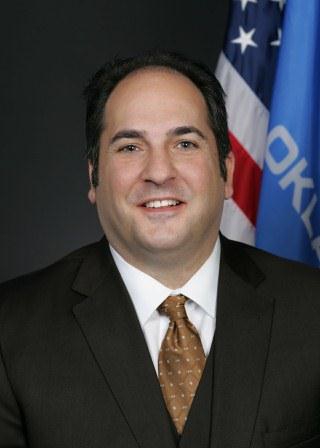In order to provide equal access and equal opportunity to people with diverse abilities, this site has been designed with accessibility in mind. Click here to view
Too much administrative spending in education; Sen. Loveless calls for diverting savings to the classroom

Reforms in administrative costs in education could free up millions of dollars that could be redirected to classrooms, according to Sen. Kyle Loveless, R-Oklahoma City. He said a closer look at administrative spending shows Oklahoma needs to be smarter with how education funds are used.
“In the past decade, we’ve seen administrative costs skyrocket by up to 29 percent, but our student population has only increased by 11 percent,” Loveless said. “We need to make sure more of our education funds are going to expenditures that directly benefit students.”
Loveless has been working to reduce administrative costs and redirect those funds to the classroom. The lawmaker filed Senate Bill 1321 this session to phase out human resources, information technology and other administrative costs in school districts with fewer than 200 students.
“That bill alone would have freed up about $38 million dollars in administrative costs that could have been redirected to the classroom,” Loveless said. The measure wasn’t heard in committee.
Senate bill 1320 would have required the state to count students in real time, instead of the current “hold harmless” policy in which districts with declining student enrollments continue to receive education dollars for students who are no longer attending school in that district. Loveless said that change would have increased funding for 75 percent of the school districts in Oklahoma. The bill won committee approval, but was narrowly defeated on the floor. Loveless remains convinced reducing administrative spending would benefit students.
“As Oklahomans, we’re spending close to 50 cents on every dollar on education, but we are not getting the results that students and taxpayers deserve—otherwise we wouldn’t have a third of the students attending OU and OSU needing remedial classes because they lack the basic academic skills needed for college-level work,” Loveless said. “The problem is spending and priorities. We don’t need fewer classrooms, but we need to do a better job of getting more of our dollars to those classrooms.”
 Oklahoma Senate
Oklahoma Senate

